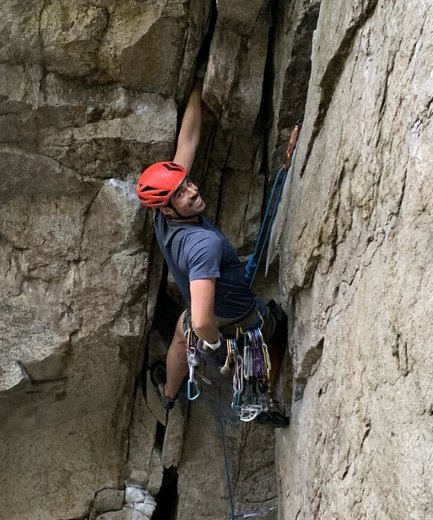

“This is great for opening a synchronous discussion, as it is considered a low-floor, high-ceiling task,” says Joseph Manfre, a math specialist for the Hawaii Department of Education. Which One Doesn’t Belong? (pre-K–grade 12), a similar site, showcases four shapes, numbers, or graphs and asks students to describe which one doesn’t belong, using math vocabulary. When using the site, students choose between two real-life examples-like a box of chocolates with five rows and 14 columns or a box of chocolates with seven rows and nine columns-and have to make a mathematical argument to validate their choice. McGrath also likes Would You Rather Math (pre-K–grade 12) for community building. “The problems inspire inquiry thinking, gamelike play, creativity, and perseverance.”

“I love Open Middle for remote learning, especially paired with a Google Jamboard,” says McGrath. Open Middle (pre-K–grade 12) leaves parts of an equation blank and asks students to fill them in to make it true.
Site edu math free#
Open math tasks-problems that typically have more than one answer-help students develop a conceptual understanding of math rather than get hung up on memorizing facts, said math educators we talked to, who consistently mentioned three free websites to use for open math tasks. Shannon McGrath, an instructional coach in Western Springs, Illinois, says that Zearn is good “high-level, conceptual practice” and gives good feedback for both teachers and students, but can sometimes progress too slowly for kids who master concepts quickly. As they work through the program, students complete timed arithmetic problems, watch instructional videos on new concepts, and solve practice problems.

Zearn (grades 1–5), a free, self-paced, web-based program aligned with Eureka Math-a free pre-K through 12 math curriculum-starts a typical lesson with fun warm-up activities, like adding up how many apples a cartoon fox eats, to engage students.

Most teachers offer Prodigy as an option for students if they finish an assignment early. Brittney Paige, a fifth-grade teacher in Seattle, says that even though it is more of a game, she likes that it automatically targets math concepts that students struggled with in its preassessment and tracks how much progress they make on target areas. Prodigy is loved by kids, but less so by educators because it is more play based. Students fight monsters in the persona of a wizard in Prodigy (grades 1–8), a free game-based website (also available as an app for iPhone, iPad, iPod Touch, and Android). Tabrizi said that the website is helpful, but she recommends using it in moderation: It can feel tedious for students if they practice longer than 10 minutes a day. To use it, students transform into a dinosaur character and solve math problems to hatch dinosaur eggs. Blackwelder says the format is easy for kids to navigate and great for short attention spans.Ĭurriculum and instructional designer Cassie Tabrizi recommended Happy Numbers (pre-K–grade 5), a subscription-based website ($14.50 per student or $1,450 per site for first-time schools) that breaks down mathematical equations to help students build understanding of higher-order math concepts. In Moose Math, students play math games that earn them points to help build a town. To help younger students practice skills like counting, addition, and subtraction, Ashley Blackwelder, an elementary STEAM coordinator in South Carolina, highly recommends Moose Math, a free app for iPhones and iPads. A number of math apps and online tools can help students develop the necessary foundational understanding of arithmetic operations they’ll need as a baseline for more challenging math problems later on, math teachers told us.


 0 kommentar(er)
0 kommentar(er)
